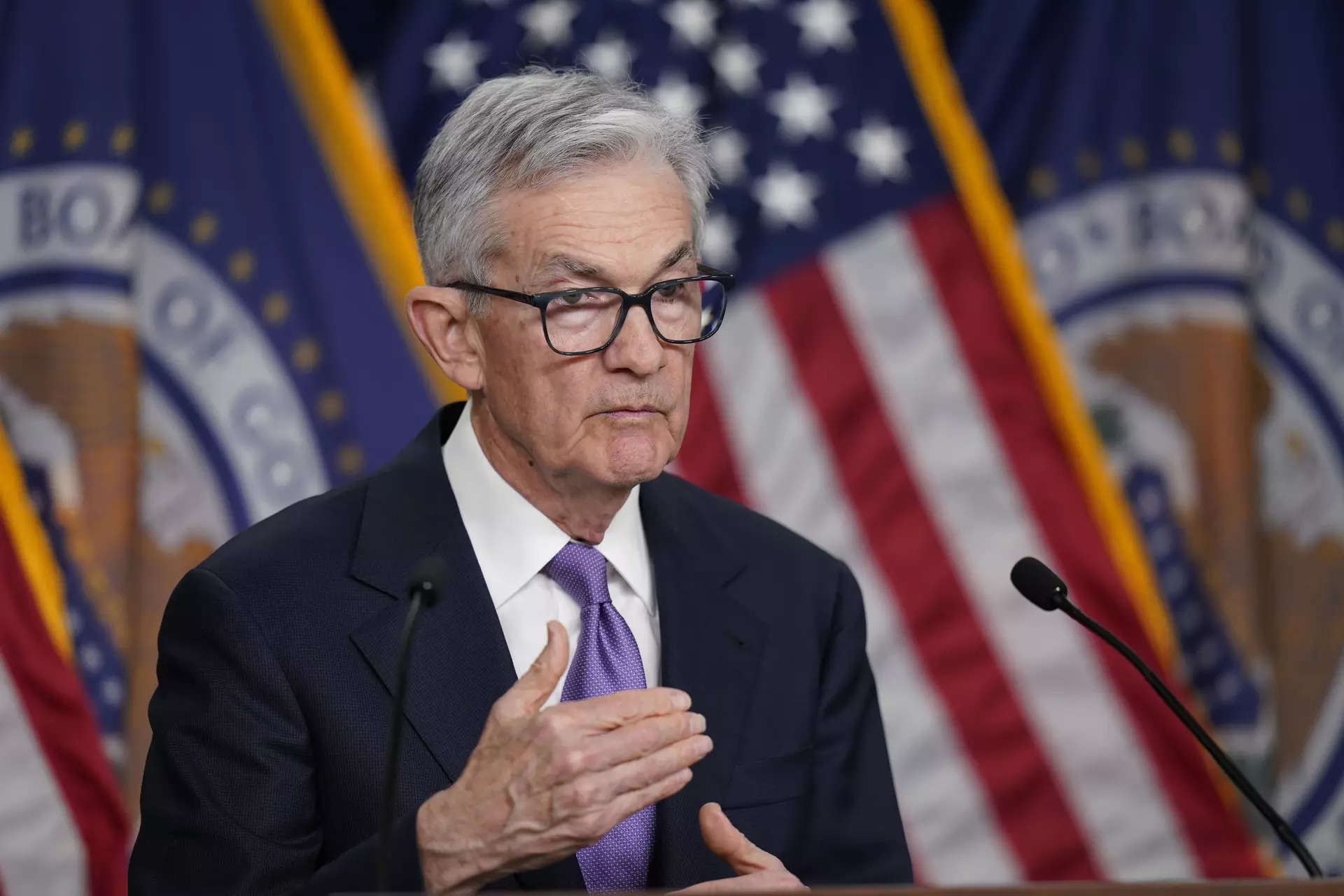Powell poised to keep Fed on higher-for-longer path
The last time the US central bank chair spoke, he signaled that policymakers were likely to keep borrowing costs high for longer than previously anticipated, pointing to the lack of further progress on bringing inflation down.
's remarks in the coming week will be closely parsed by investors for any clues on just how long the Fed is willing to wait before cutting .The last time the US central bank chair spoke, he signaled that policymakers were likely to keep high for longer than previously anticipated, pointing to the lack of further progress on bringing down.
 Agencies
AgenciesThe latest price data, which showed stubborn underlying inflation, in tandem with expectations for a robust employment report on Friday, aren't likely to lead the Fed chief to change his tune.
Powell will address reporters after the Fed’s on Wednesday, when the central bank is widely expected to hold borrowing costs at a more than two decade high. Expectations for rate reductions have been pushed further into 2024, and investors are now betting on two cuts at most by year-end.
Capping the week will be the monthly jobs report, offering a fresh look at the state of the US . Economists see non-farm payrolls growth moderating to a still-strong pace in April amid stable, low unemployment.
Looking north, Canada’s gross domestic product data for February may show a slight boost to the economy, granting the Bank of Canada options as it weighs when to pivot to easier policy.
Elsewhere, euro-zone data may show inflation stopped slowing and the economy started to grow again, while Chinese surveys will point to the strength of expansion there. Central banks from Norway to Colombia will set rates, while the Paris-based OECD will release new global forecasts on Thursday.
Source: Stocks-Markets-Economic Times
